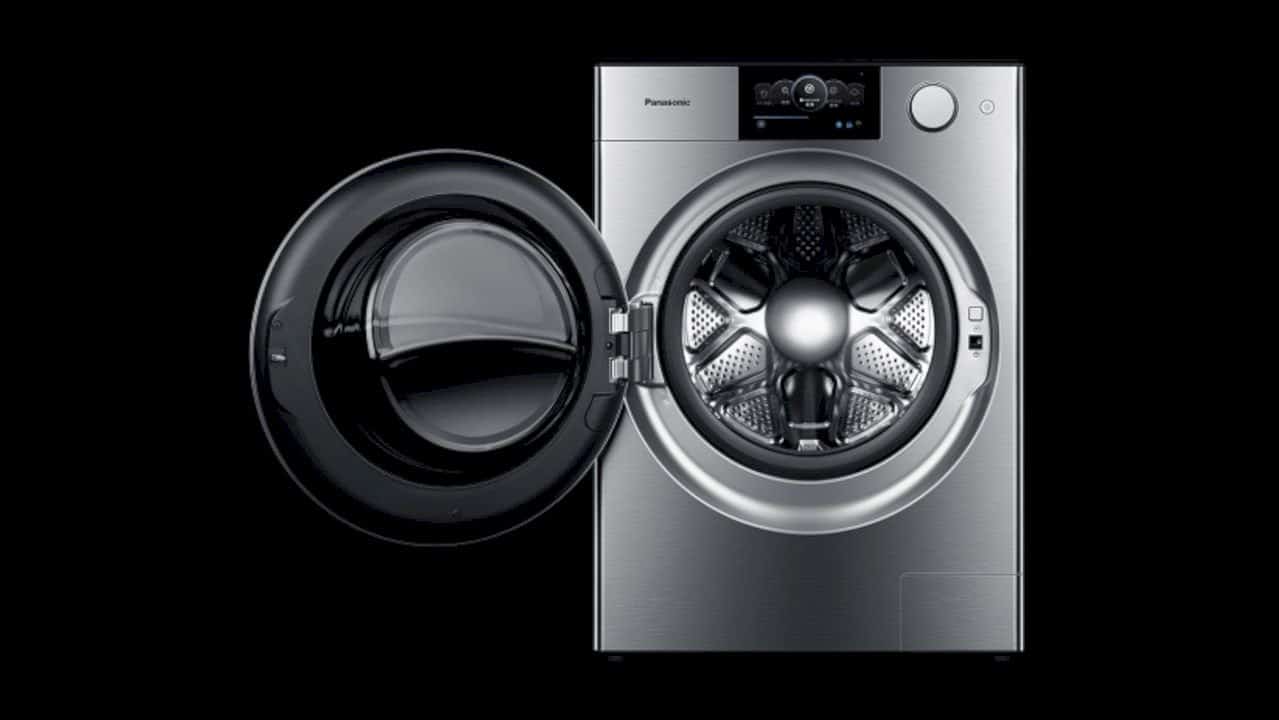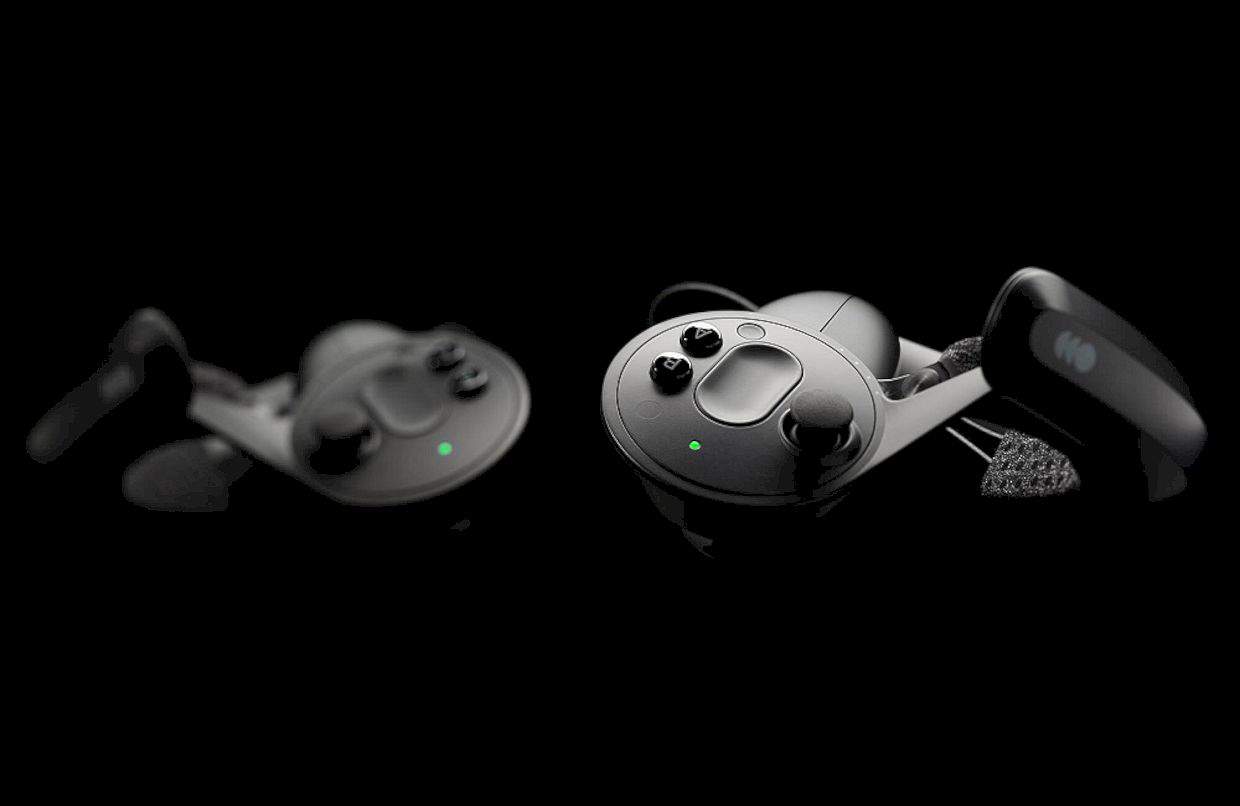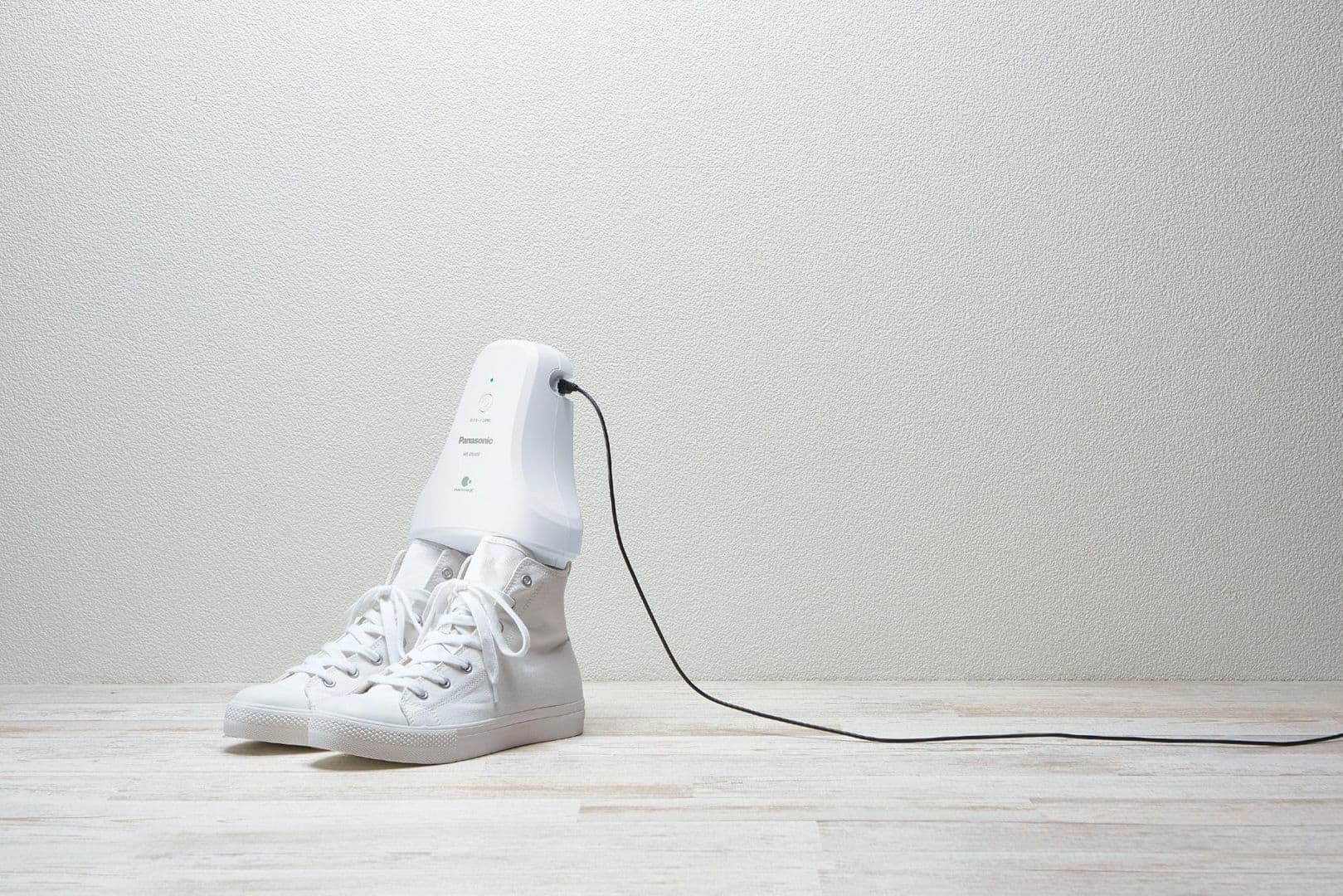VR headsets don’t always have to be the way they are now. At the CES 2020, Panasonic demonstrated that VR headsets can also resemble ordinary glasses rather than ski goggles.
The prototype form of the Panasonic VR glasses resembles aviator-style sunglasses, complete with a touch of steampunk design. But what Panasonic is pursuing is not only about the aesthetic value, but also the aspects of comfort and functionality.

While the majority of VR headsets rely on a strap that binds the head, this particular device is worn just like traditional glasses. But with this, a big question comes up, what about the quality of the display? Can this unusual form adversely affect the visuals it displayed?
The Panasonic VR Eyeglasses device relies on a micro OLED panel UHD resolution (3840 x 2160 pixels) the result of cooperation between Panasonic and Kopin. Thanks to a very high resolution, the screen door effect that has been common in infecting VR headsets can be eliminated. Furthermore, the display is also capable to display content in a rich HDR format.
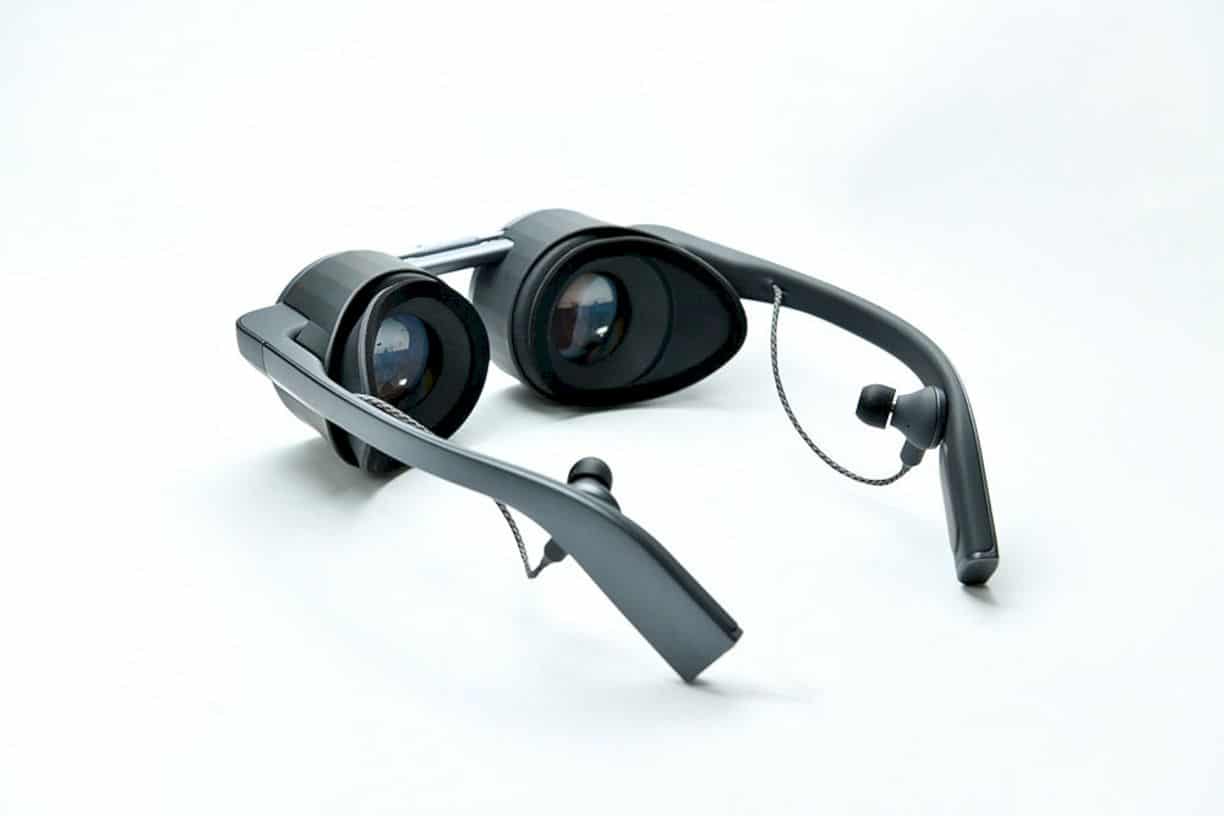
Although it sounds impressive, the display is not without a flaw. Those who have tried it immediately reported that the viewing angle was narrower than traditional VR headsets. Plus, the Panasonic VR Eyeglasses has not got a perfect weight distribution, so the gadget will easily slide toward the nose.
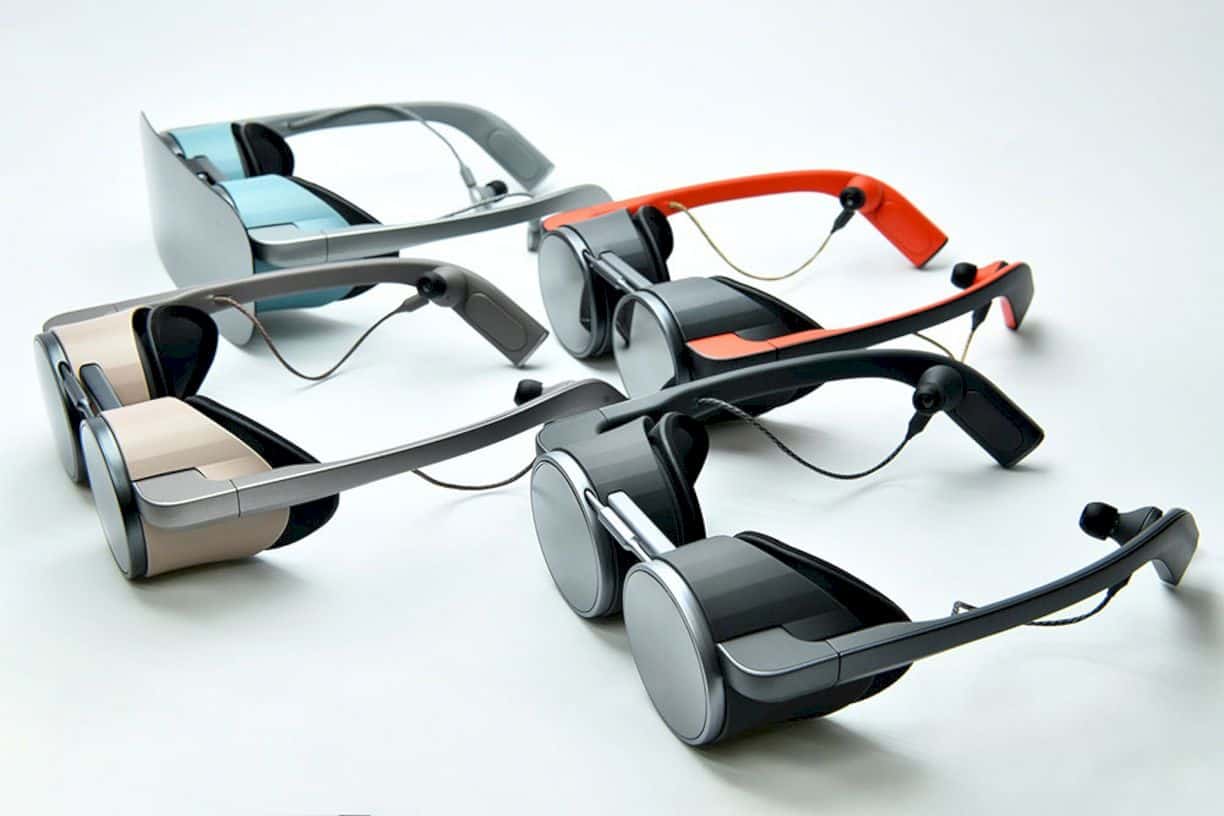
During the designing process of the VR glasses, Panasonic did not forget to put on a superior technology from a number of its products.
In the audio sector, there is an acoustic design that has been applied to the Technics earphone line. The optical design used in the Lumix camera line, not to mention the signal processing technology of Panasonic’s TVs and Blu-ray players which also contributed to the making of the device.
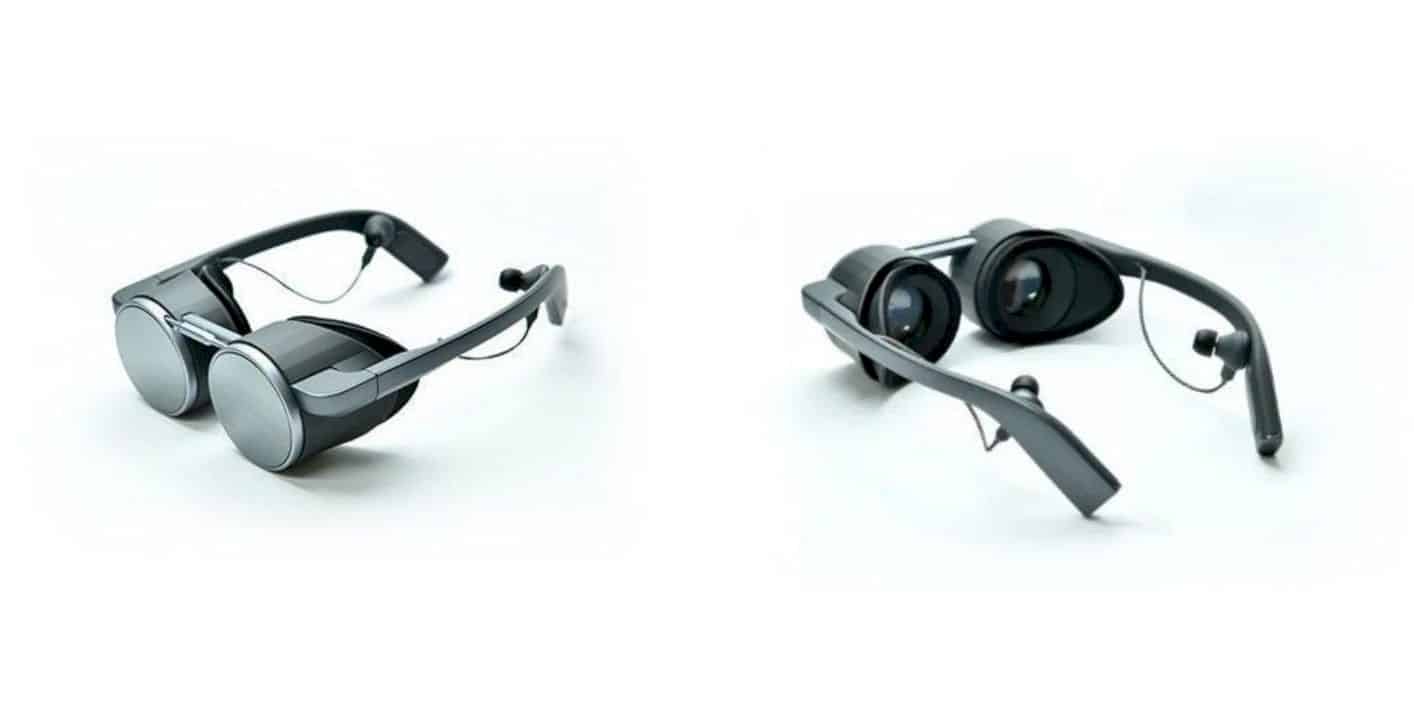
Panasonic still reluctant to release the information regarding the launching date, but it is unlikely that the will produce it as a device that can be bought by general consumers. Most probably, Panasonic is more interested in exploring its application in a commercial context.
Panasonic and Kopin Corporation as their partner on this product hope to make a version that is suitable for commercial use next year. The prototype on display at CES 2020 is connected to a computer powered by the GPU RTX 2080.
